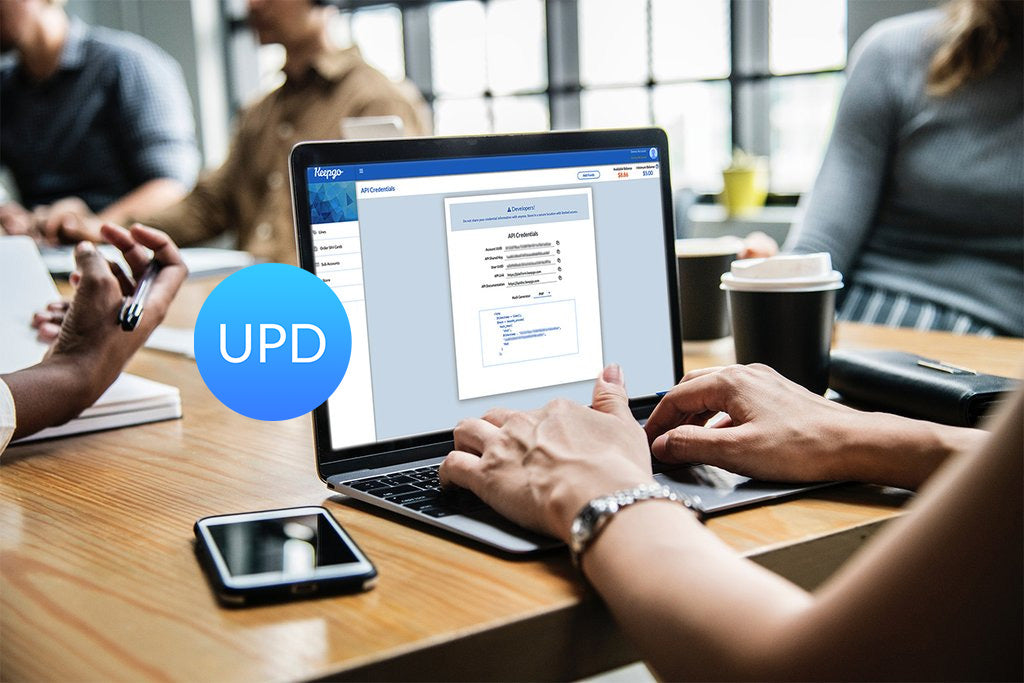Stunning Examples of Real-World IoT Apps
The Internet of Things (IoT) can be found almost everywhere. In fact, there are so many impressive ways to use IoT for your personal and business benefit. As a rule, businesses are the first to adopt and try new technologies. With proper use of IoT technologies, companies can increase their efficiency, reduce operating costs, and create additional revenue streams by creating new products and markets.
By means of IoT technologies, you can create apps that make it possible for you to:
- Track vehicles;
- Handle environmental damages;
- Shop without queues;
- Track fitness activities;
- Connect smart cars, and more.
In this article, we would like to show you how customers and enterprises are using cellular IoT technologies and IoT apps in real life.
GPS Tracking
IoT technologies are often used in GPS trackers, by both individuals and small businesses. Vehicle Tracking solutions make it a lot more efficient to track the movement of a vehicle in real time. Thanks to the integration with a SIM card and smart sensors, GPS trackers deliver a huge range of alerts right to a smartphone or tablet, including overspeed alerts, unplug detection, crash alerts, geofences, fuel tracking, eco-driving, and more.
This technology is being used by one of Keepgo clients - GPS Car Trackers Club. They use SIM cards in their GPS trackers to send configurable alerts for every customer depending on their needs.
![]()
Responding to Bad Weather Conditions
How well is your city prepared to prevent or minimize environmental damage caused by floods, earthquakes or hurricanes? By means of cellular IoT hardware, city officials can respond to bad weather conditions ahead of time by monitoring and adjusting the stormwater systems to meet real-time conditions.
For example, Opti developed Continuous Monitoring and Adaptive Control(CMAC) drainage system comprised of nodes that each have a level sensor, a valve, and cellular IoT hardware for communication and a dashboard to monitor and controls these nodes and thus allowing for an intelligent storm management system. Administrators can monitor weather conditions in right from a smartphone, tablet or desktop device in order to minimize the risk of floods and other environmental hazards.
No Lines Shopping
Don’t you feel irritated when you need to stand in a line to pay for the items you picked up in a supermarket? Using smart technologies, customers can forget about the necessity to wait for their turn to pay for purchases. Just imagine, you enter a retail store, pick up what you want, and simply leave.
Amazon Go uses a combination of artificial intelligence, computer vision, and data pulled from multiple sensors to charge customers only for the items they pick up. All they need is the Amazon Go app and they can begin shopping. As soon as an item is removed from the shelves, the application adds them to the shopping cart and charges the respective amount to the Amazon account when the customer leaves the store.
The use of IoT technologies in retail is not limited only to shopping. By means of IoT devices and apps, restaurants and hotels can gather valuable insights and take full control over supply chains while eliminating human errors. This can also help business owners better manage logistical and merchandising expenses. These are only some of the benefits that result in adoption of IoT products in retail.
Healthcare and Fitness Trackers
It seems every person around you wears a smart fitness tracker on their wrist or at least has a fitness tracking app installed on their smartphone or tablet. By means of such IoT devices, heart rate, sleep, calorie intake, and other metrics can be monitored.
IoT applications can be used for home treatment and elderly care purposes. When paired with a device, mobile apps send out alerts to family members or caregivers to inform them when prescribed medicines are taken or skipped.
For example, smart medication dispensers like HERO can help load the prescribed pills and monitor their intake and send out notifications when medication is running low.

Connecting Smart Cars
Cars featuring smart sensors aren’t the future any longer. This is our present-day reality. Loaded with smart sensors, cars have become impressively connected.
While most of the smart cars are loaded with connectivity sensors out of the box by their manufacturers, there are also third-party solutions that can turn your vehicle into a smart car. By means of remote control and monitoring applications that are connected to smart devices, you can manage your car when you are outside of it. For example, while sending the respective commands from the screen of your smartphone, you can remotely open or close doors, track engine metrics, manage the alarm system, see your car’s location and routes, etc.
Cobra Code by Eastern Peak is one of such popular developments in the automotive industry. This is a mobile application that provides you with remote access to your vehicle. Use it to:
- Open and close doors;
- Check engine status;
- Detect the current location of your car;
- Get trip reports.
The Bottom Line
Cellular-enabled IoT devices and applications are being widely deployed in almost all spheres of our life, including GPS tracking, weather forecasts, healthcare and fitness data tracking, automotive industry, etc. The technological progress and growing demand for IoT technologies make our life easier. This also saves lots of time to run several processes simultaneously. You can enjoy your breakfast at home while your car warms up. You may also feel confident that your vehicles are on time and your parents are keeping up with their medication.
There are plenty of other applications ofIoT technologies with more being developed all the time. With Keepgo you can rest assured that your IoT endeavour will have seamless connectivity allowing you to take full advantage of all that IoT has to offer.



